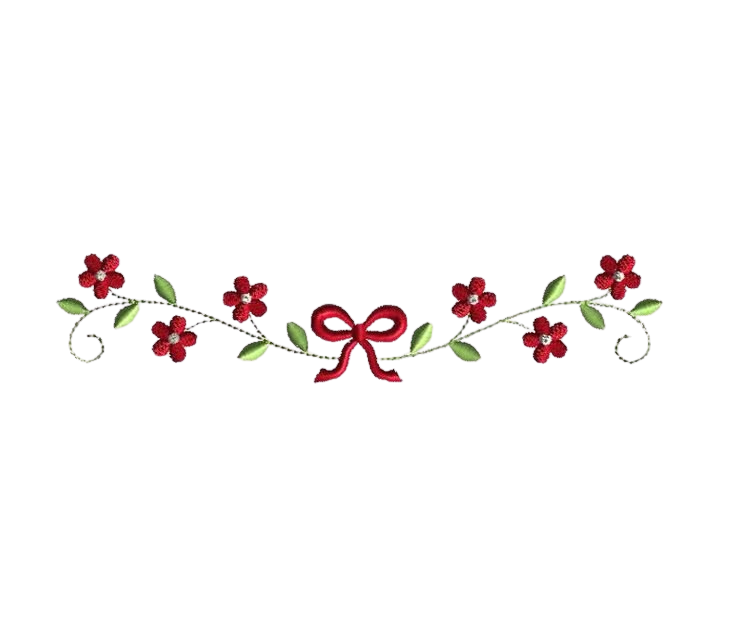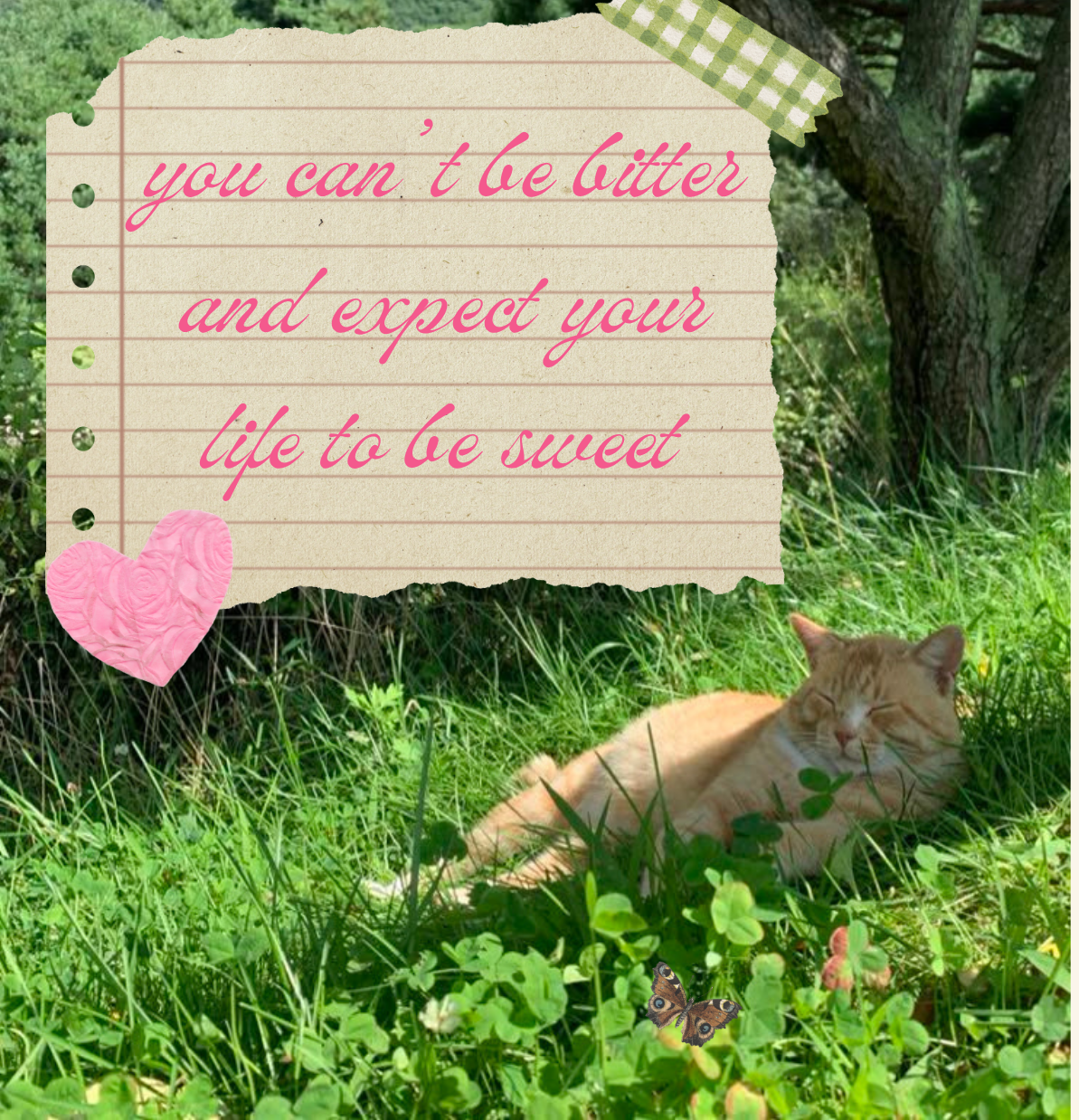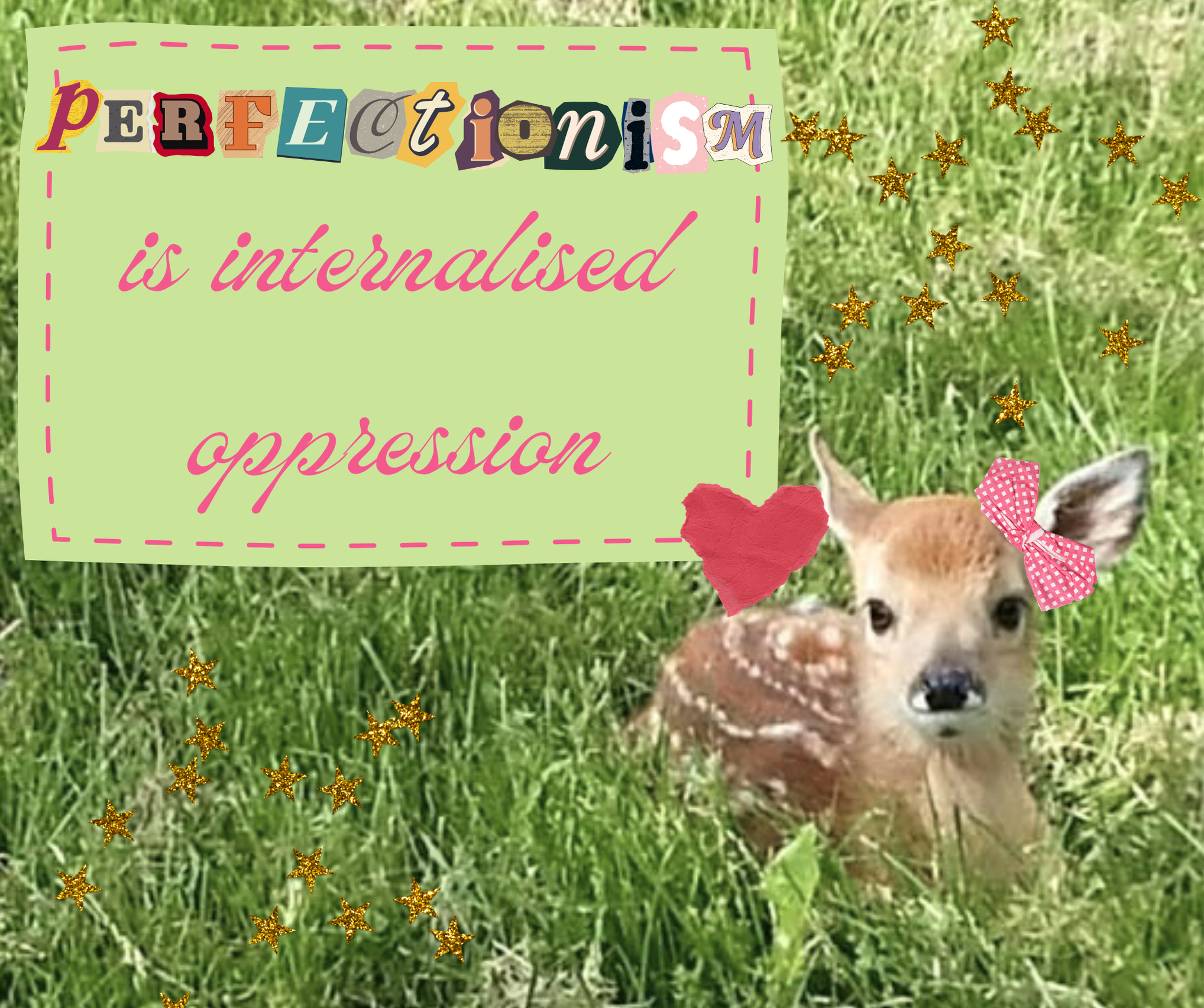

🐞Welcome or welcome back lovebugs!🐞
Now as the first of hopefully many blogs, I really ought off to start by introducing myself! Let me share my current fancies and little loves:
Lately, I’ve been having one of those stretches where even getting out of bed feels like a herculean task. So, in soft rebellion, I’ve been rewiring my brain back toward longer, slower forms of joy. The current experiment? Old movies. Watched Cary Grant and Grace Kelly in To Catch a Thief. The pacing is slower, the glamour unmatched. Maybe tomorrow I’ll try another film. Or maybe I’ll just get out of bed before noon. Either way, it’s enough.
xoxo,
miss ladybug 🐞
Feeling inspired tonight. Maybe it’s the writing, or maybe it’s just one of those rare days where things feel soft and good. Work was nice today—some of my favorite regulars came in. There was an older couple on their first date, and it made me feel like getting older isn’t so bad. ABBA playlist for my whole shift. Dad’s lasagne for dinner.
xoxo,
miss ladybug 🐞
Thrifted a gorgeous Y2K pink scarf and a 90s off-duty-athlete white zip-up. Work today is just a 3-hour cleaning shift… but alas, I have to fund my shopping addiction.
xoxo,
miss ladybug 🐞
TI watched the new Superman film today with a friend and really enjoyed it. I’ve been thinking about writing something on it—maybe about how Superman’s alienness mirrors the way immigration is framed in current (American) rhetoric - especially the paranoia about his secret harem, which reflects the white replacement theory and the whole notion of ‘do aliens have rights’. But I feel like that angle is probably going to be written about to death.
What stood out to me more was how this version of Superman doesn’t fall into the trap of making him all dark and morally grey like they did with the Henry Cavill one. They tried so hard back then to make him brooding and Batman-esque, but that kind of defeats the whole point of Superman. I think this reflects a broader cultural tendency to treat inherent goodness like it’s superficial or boring, and that happiness doesn’t have as much artistic depth as the explorations into the darker emotions.
xoxo,
miss ladybug 🐞
I started the day off by waking up to what felt like the worst menstrual cycle of my life. never the less, I bravely persevered and went to work where we had a big event on. I realized the girls I used to think of as my work friends don’t really see me the same—maybe because I’ve graduated now, or because I’m a supervisor. They all went to Maccas after work together, and I stayed behind to close the restaurant down. I don’t think I would’ve cared as much if I wasn’t on my period, but my own friends have kind of moved on since graduating. anyway hopefully tomorrow will be a better day!
xoxo,
miss ladybug 🐞
Woke up at 11:30 today because I stayed up way too late last night, plannig future zines.
I finished the first draft of my very first law assignment (!) which is super exciting.
Work was really good today. None of the girls from last night were on shift, and I realized I’d probably been feeling extra sensitive because… surprise, I forgot to take my Lexapro for the last three days. Funny how that catches up with you.
xoxo,
miss ladybug 🐞
There’s a growing feminist panic about the so-called "trad wife revival." You’ve probably seen the videos: women in prairie dresses baking sourdough, hand-feeding goats, or preparing elaborate meals from scratch. Influencers like Nara Smith and Ballerina Farm have been labeled everything from propaganda puppets of the conservative right to regressions in the feminist project. But maybe the question isn’t why are they doing this? It’s why are so many of us watching?
It’s easy to point fingers at the trad wife aesthetic and claim it’s a threat to modern womanhood. But that framing misses the deeper issue. The trad wife fantasy isn’t about submitting to patriarchy—it’s about escaping capitalism. It’s about imagining a life that feels slower, softer, and more enriching than the one so many women are currently living.
There’s a reason why videos of women hand-making butter or cooking five-course meals go viral. It’s not because women secretly want to be subservient—it’s because most of us don’t have time to do anything, let alone create a life that feels intentional. We’re stuck in a culture of instant gratification. We order UberEats, swipe on dating apps, send out work emails at midnight, and doom-scroll ourselves to sleep. Every minute of the day feels transactional, optimized, or consumed.
So when you see someone spend five hours making artisanal bread or building a chicken coop, it feels almost radical. Not because it’s traditional, but because it’s slow. It’s a rejection of the 9-5 burnout cycle. It’s an escape from the loop of ordering takeout because you’re too tired to cook after a day of being stretched thin at work. It’s not really about gender roles—it’s about time. The fantasy isn’t submission, it’s freedom.
The trap is that capitalism has made both the "girlboss" life and the "trad wife" life miserable in different ways. Corporate life is sold as empowering, but it leaves women and men alike drained, isolated, and wondering why they feel empty despite doing everything "right." On the flip side, full-time domestic labor is unpaid, undervalued, and often isolating too.
We weren’t supposed to end up here. Feminism didn’t fail—it just got stuck operating within a system that never actually supported women - or anything other than optimised financial gain. There’s no universal childcare. Maternity leave is a joke in most places. Job security is precarious for everyone. We live in a world where burnout is a badge of honor, and then we’re surprised when people fantasize about leaving it all behind.
When women daydream about quitting their jobs to bake pies or raise goats, it’s not necessarily about rejecting feminism—it’s about rejecting a system that makes life feel meaningless and rushed. It’s about craving autonomy over your time. Unfortunately, right now, that fantasy is only available to a privileged few. Most women don’t get to opt out.
Before you decide you want to run off to a farm, it’s worth asking: Do I really want traditional gender roles, or do I just want peace? Do you actually want a husband making all the decisions while you stay home, or do you just want to not feel like you’re running a marathon every day?
For a lot of women, it’s the latter. We’re not craving subservience—we’re craving relief. We want time to cook beautiful meals because we like cooking, not because we have to. We want the space to create rituals, build homes that feel sacred, and enjoy the people we love without feeling guilty for not being "productive."
In equal proportion to the feminist’s outcry against this trad wife movement, there’s a prevailing conservative narrative that feminism has demonized motherhood and traditional, subservient women. A lot of the hostility toward the trad wife trend isn’t about hating women who cook, clean, or raise children—I would argue it is perhaps a deep, unresolved anxiety that we all face - that the grass might actually be greener on the other side. When you’ve built your life around career, independence, and hustle culture, seeing a movement that you fought so hard against re-popularise can feel threatening. It pokes at insecurities that society has built in us since we were little girls: motherhood is what completes us; that we’ll never truly know love until we hold our firstborn. At the end of the day, neither the feminists nor the tradwives are part of some grand agenda to ruin women’s lives or brainwash them—they’re just women, figuring it out for the first time, searching for the same things we all are: fulfillment and happiness.
I stopped believing in God when I was eight. Not in a slow, questioning way, but like a door slamming shut. One day, I was a child who believed in miracles. The next, I wasn’t.
It happened when my cousin died. She wasn’t just my cousin—she was like my twin, the other half of my childhood. We did everything together, from sleepovers to building blanket forts to staying up late whispering about what we’d be when we grew up. We were inseparable, the kind of kids people referred to in a single breath: her and me.
And then she got sick. Cancer, stage four. Everyone around me—my parents, the doctors, the adults—knew what was coming. But no one told me.
Instead, I got handed faith.
I sat in churches where preachers bellowed into microphones, faces red, palms toward the sky: “In the name of God, this child will have a miracle!” And like the naïve kid I was, I believed them. I believed in miracles the way some kids believe in the Tooth Fairy or Santa Claus, only this felt bigger—more serious. This wasn’t just magic; it was God, and He was supposed to come through.
But He didn’t.
When she died, a schism cracked open in my life. There was before, and there was after. Pre-death and post. Pre-faith and post. The world didn’t just seem unfair—it seemed rigged.
So I decided, right then, that I would never be blindsided again. That’s how you survive, right? You stop hoping. You stop believing. You stop being soft enough to be hurt.
At eight years old, I became a pessimist. Not because it was edgy or cool or philosophical, but because I thought it was safer.
I told myself that if I always expected the worst, I’d never be disappointed. If I saw pain coming from a mile away, it wouldn’t hurt so much when it hit. I clung to logic like a shield. Logical people, I figured, didn’t pray. They didn’t believe in ancient texts full of contradictions. They didn’t trust the universe. They read Dostoevsky and Camus. They watched the news, stayed informed, accepted that life was bleak.
So that’s what I did.
And no wonder that by twelve, I was on antidepressants. I thought cynicism made me smarter, or at least safer. If you’re always prepared for the worst, you never get caught off guard.
Or so I thought.
Now, a decade later, I’m starting to wonder if I got it all wrong.
Because here’s the thing: being right about life being hard doesn’t actually make it easier. Anticipating misery doesn’t protect you from it. You still feel the same grief, the same loneliness. You just get the added bonus of being the one who gets to say ‘I told you so’—congratulations, I guess?
Its only now that I seem to realise these ‘silly superstitious people’ aren’t naive fools but people who know exactly how cruel the world can be—and still decide not to let it rot them from the inside out. People who have seen death, failure, heartbreak, injustice—but somehow don’t turn bitter. They get on with life. They laugh anyway. They fall in love anyway. They plan for the future even though they know nothing is guaranteed. It’s not that they’re delusional—they just refuse to turn every disappointment into a permanent worldview.
For a long time, I thought that as a failure in their logic, now I see it as resilience.
Maybe choosing hope, even when you know how bad things can get, is actually braver than living like life is one long pre-emptive disappointment.
I don’t know if I’ll ever believe in God again. I still don’t think prayer works the way people say it does. I don’t think there’s a grand plan, or that Jesus’s supernatural abilities. Yet despite how illogical it is I find myself reading the bible in the morning.
For years, I thought it was smarter to expect the worst. But all it really did was make me miss out on the good parts when they showed up.
Like laughing with friends even when the world’s a mess. Like sitting in the sun and realizing, for once, you’re okay. Like letting yourself fall in love even though you know hearts break.
I’m still unlearning the part of me that thinks being happy is naïve. That thinks softness is dangerous. That thinks cynicism is the only smart way to live.
I used to think the ultimate goal was to be right. To see the world clearly, no rose-colored glasses, no comforting lies. But now I’m starting to realize something else:
Who cares if you’re right if you can be happy?
For as long as I can remember, I have been terrified of making the wrong decision. The fear of making anything less than the perfect choice was paralysing.
For as long as I can remember, I have been chasing the A+.
Not because someone told me to, but because I told myself to.
School hands you a rubric for success: here’s what failure looks like, here’s a pass, here’s an A+. I memorized that rubric like scripture and tried to apply it to life. Pick the hardest path. Pick the most respected degree. Choose the option that looks best in theory, regardless of how it feels.
That’s what perfectionism has always been for me—not about impressing other people, but about living up to the standard I set for myself. Disappointing others never scared me as much as the idea of disappointing myself.
So when it came time to choose a university and a degree, I made what I thought was the “A+ decision.”
For me, that meant enrolling in a medical pathway at the most prestigious university in the state.
It didn’t matter that the university was a three-hour commute.
It didn’t matter that I had no interest in human anatomy or histiology.
It didn’t matter that literally every conversation I had with a classmate was a metaphorical dick measuring contest.
I told myself: this is the rubric. This is the route to success.
And obviously many people told me I had my priorities wrong, I should seek a career that makes me happy like my true passions, writing, english lit. and history. But those didn’t seem like real options to me. The cost of living crisis, AI, the lack of jobs, how competitive academia is verand the pennies they paid - were all playing on my mind. I felt like I'd rather have money and be miserable than poor and still miserable because I am poor. I felt these loved ones and teachers telling me these things were setting me up for failure - a life less than perfect.
I spent hours on buses, memorizing enzyme pathways, surrounded by people I had nothing in common with, chasing a future I knew deep down I didn’t want. All the adults in my life told me I’d love university; that it was about the spreading of ideas, of collective knowledge. But for me, it was about rote memorization. There was nothing mesmerizing about that.
Eventually, I dropped out. I walked away from the “A+ path,” and it cost me a ridiculous sum of money and a lot of misery. But here’s the thing: I don’t regret it.
Making that so-called “mistake” was the first time I realized life isn’t about sticking to the plan just because it looks good on paper. It’s about asking yourself: What do I actually want? And for me, the answer wasn’t in lecture halls or lab reports. It wasn’t in a career that made me feel small.
This year, I switched to the humanities. I enrolled in online university—two options I would have never accepted for myself a year ago. They felt like “lesser choices” back then. I thought they were the equivalent of getting a B-minus in life.
But now I see it differently.
Unlearning perfectionism doesn’t mean giving up on ambition. It means realizing that success is subjective. It means tearing up the rubric and starting over. It means choosing the thing that makes you feel alive, even if it doesn’t look impressive from the outside.
Perfectionism told me I had to make the best decision every time.
Mistakes taught me that “best” is not always the same as “right.”
I used to think mistakes were things to hide or quietly regret. But now, I think of mistakes as checkpoints. They interrupt autopilot. They force you to stop, to reassess, to pivot toward something that fits better.
Dropping out of that medical pathway wasn’t a failure. It was a recalibration.
So here’s my love letter to mistakes:
Thank you for ruining my plans. Thank you for showing me that the goal isn’t to be perfect—it’s to be grow.
